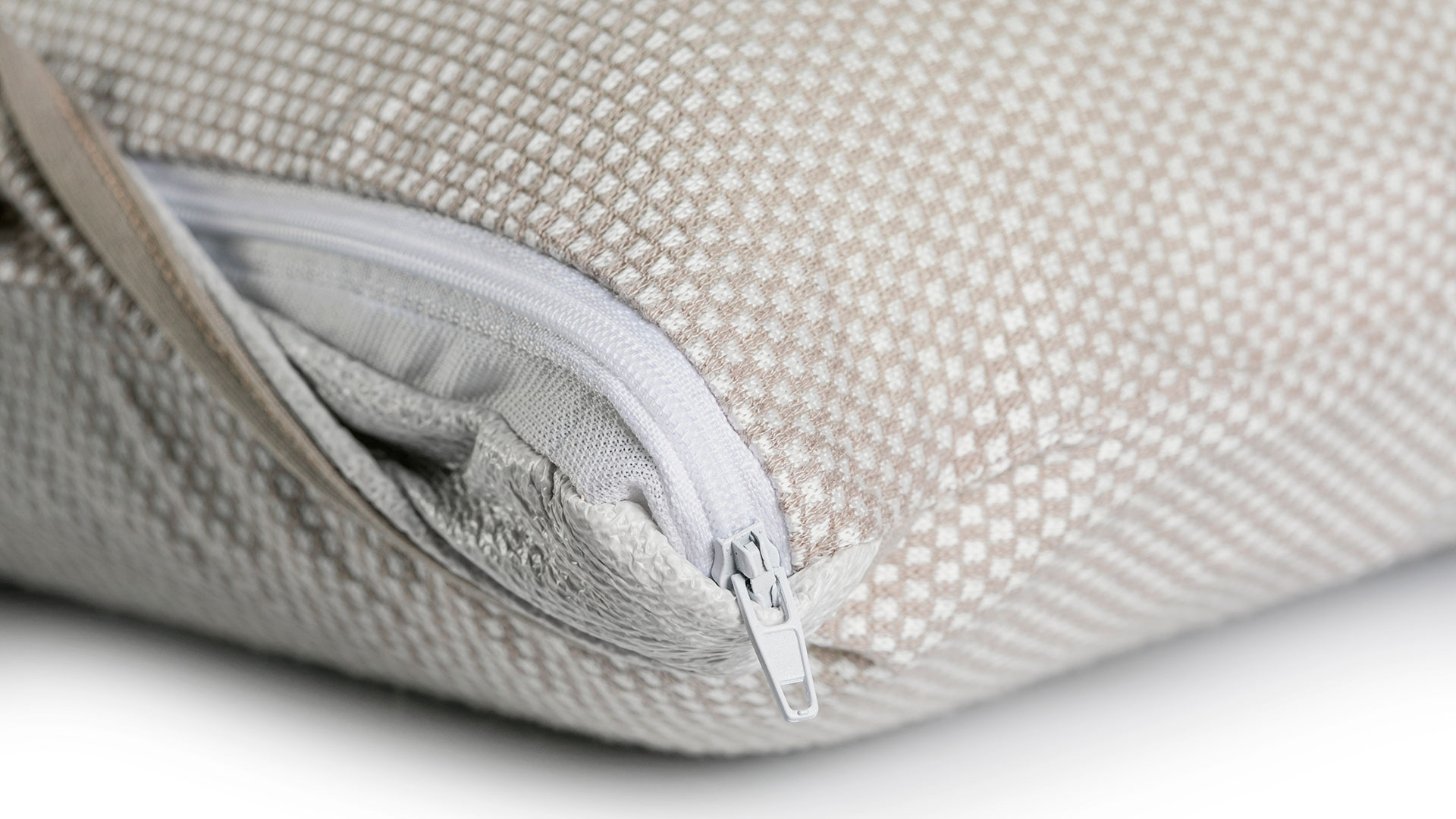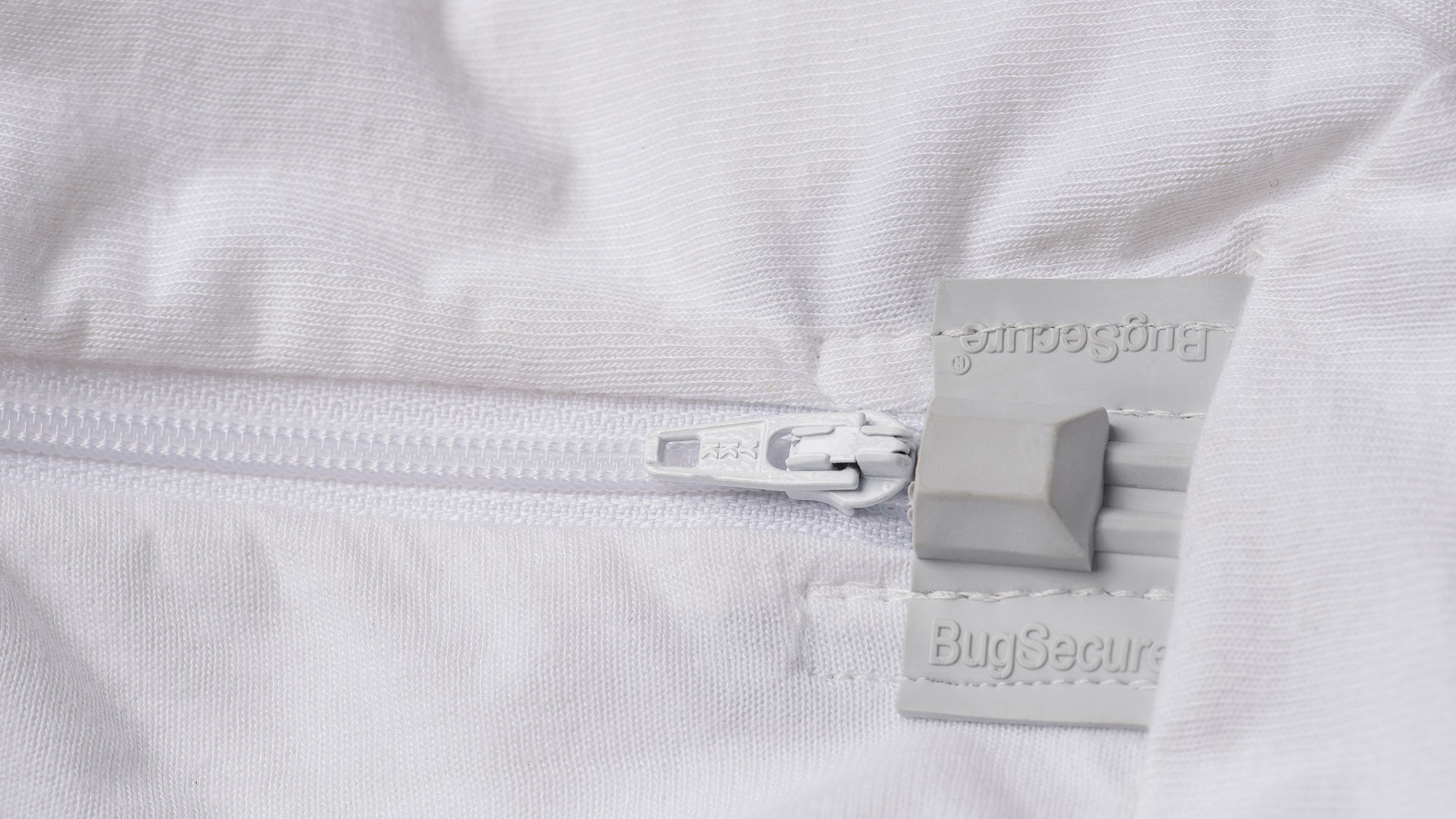News
Guide to bedbugs: myths, dangers & prevention for bug-free beds

Bedbugs, those tiny nocturnal and insidious pests that have plagued humanity for centuries, continue to be a source of discomfort and concern for many. As they infiltrate homes, hotels, and public spaces, bedbugs pose not only physical health risks but also economic and even psychological burdens. By understanding the realities of bedbug infestations and equipping ourselves with effective tools and knowledge, we can combat these unwelcome intruders and reclaim peace of mind in our living spaces. Continue reading to uncover the truths, dangers, and solutions to ensure bug-free beds and peaceful nights for all.
1. Myths about bedbugs
It’s important to first debunk several myths about these pests. Many believe that because of the name, bedbugs, are exclusive to beds. But guess what? Bedbugs can spread into living areas and can be seen on any surface like chairs, railings, and ceilings. Not to mention that their propensity to spread anywhere means you can find them on pets, suitcases, trains, and even movie theaters.
Additionally, despite prevailing tales, bed bugs are not solely nocturnal critters. They will seek to bite during the day if hungry, disproving the belief that they only bite at night. These tiny insects can also be found anywhere from luxurious homes and hotels to homeless shelters. According to experts, any location is vulnerable although some might have more probability of getting them due to certain conditions.
Furthermore, bedbugs have the negative reputation of being directly implicated in transmitting diseases to humans. This is false; however, they can indeed lead to anxiety, sleeplessness, and even secondary infections. In fact, they do harbor an array of human pathogens (at least 27 viruses, bacteria, protozoa, and more), including bacteria like methicillin-resistant Staphylococcus aureus (MRSA).
2. The real dangers: harm to health
Despite their small size, bedbugs can have significant implications for health and well-being. One of the primary concerns is the risk of skin infections such as Impetigo and boils. Intense itching from bedbug bites can lead to scratching, causing skin abrasions that increase the likelihood of bacterial infections. For some individuals, bedbug bites can trigger severe allergic reactions, including anaphylaxis, a potentially life-threatening condition. Actually, people who are hypersensitive (low immunity or pre-existing conditions, like allergies and asthma) to insect stings could end up in anaphylactic shock, which is an extreme allergic reaction followed by tightness in the chest, itchy lips, swollen tongue, and tightness in the throat. This is often life-threatening and requires immediate medical attention.
Furthermore, persistent bedbug infestations can disrupt sleep patterns, leading to sleep deprivation and its associated consequences. The constant discomfort caused by bedbug bites can make it difficult for individuals to get a good night’s rest, resulting in fatigue, irritability, and impaired cognitive function. This underscores the importance of promptly addressing bedbug infestations to mitigate health risks.
3. Economic impact on the Hospitality industry
The presence of bedbugs can have devastating consequences for the hospitality industry, particularly hotels, Airbnb hosts, and lodges. Beyond the immediate financial costs of addressing infestations, bedbugs can have a significant impact on a business’s reputation and bottom line. Legal liability stemming from bedbug-related lawsuits can result in substantial financial losses and tarnish the reputation of affected establishments, leading to a decline in bookings and revenue.
Moreover, reports of bedbug infestations can lead to decreased property values and a loss of customer trust. Studies have shown that even a single report of bedbugs can cause the value of hotel rooms to plummet, deterring both leisure and business travelers. Treatment costs also represent a significant financial burden for hospitality businesses dealing with bedbug infestations. Eradicating bedbugs requires professional pest control services, which can be expensive and disruptive to business operations. From the cost of inspections and treatments to potential property damage and lost revenue, the economic impact of bedbugs on the hospitality industry is substantial.
4. Measures to prevent bedbugs
To prevent bedbug infestations, several measures can be taken. First, it’s essential to have routine inspections and thorough cleaning of bedding, furniture, and luggage to detect and prevent infestations before they escalate. Practicing good hygiene such as regularly vacuuming and decluttering living spaces can also reduce hiding spots for bedbugs.
Another great proactive measure includes investing in mattress encasements and protective covers that help safeguard against bedbugs. The BSensible BugSecure mattress encasement offers comprehensive protection for mattresses, safeguarding all six sides against bed bugs, dust mites, liquids, moisture, bacteria, and fungal growth. This is one of the safest and most effective ways to protect your mattress, family, household, and investment from these tiny and persistent pests.
Mattresses are normally the first spot where they can hide and reproduce unnoticed, from which they spread around the rooms. Preventing a mattress infestation by protecting it with a BSensible Bug Secure encasement is exponentially easier and cheaper than having to go through the entire process of elimination, and then disposal and replacement of all the unsalvageable mattresses, bedding, sofas, carpets, all infected furniture, window treatments and wall coverings, and other materials in general which might need to be discarded because they got ruined by the chemicals used for extermination or just to secure the complete eradication and prevent potential reinfestation.
5. Ways to eliminate them
Eliminating bedbugs requires a multi-step approach to effectively eradicate infestations. Firstly, upon confirming the presence of bedbugs, containment becomes paramount. Utilize vacuuming to trap bedbugs in affected areas, including beds, dressers, carpets, and electronics. Seal and dispose of vacuumed contents promptly to prevent further spread. Next, laundering linens and clothing at high temperatures is crucial to eliminate bedbugs hiding in fabrics. For items unsuitable for washing, like furniture, heat treatment in a dryer or prolonged isolation in sealed plastic bags can ensure their elimination.
Perhaps it is also important to consider discarding infested furniture to prevent spreading the infestation further. Utilizing professional inspection services and deploying traps and interceptors can help monitor for signs of bedbug activity. If bedbugs persist despite efforts, consulting a professional exterminator may be necessary to implement more aggressive measures for eliminating bedbugs and their eggs effectively.
Bedbugs may be small, but they can wreak havoc on health, finances, and reputation if left unchecked. By dispelling myths, understanding the real dangers, and implementing proactive measures, individuals and businesses can minimize the risk of bedbug infestations. Remember, prevention is key, and taking action now can spare you the headaches of dealing with bedbugs in the future. By arming beds with our mattress encasement protector, you can safeguard homes and businesses from the nuisance and potential harm of bedbugs, ensuring peaceful sleeping environments for all. As the spring season approaches, there’s no better time to invest in ways to enjoy bug-free beds for years to come!













